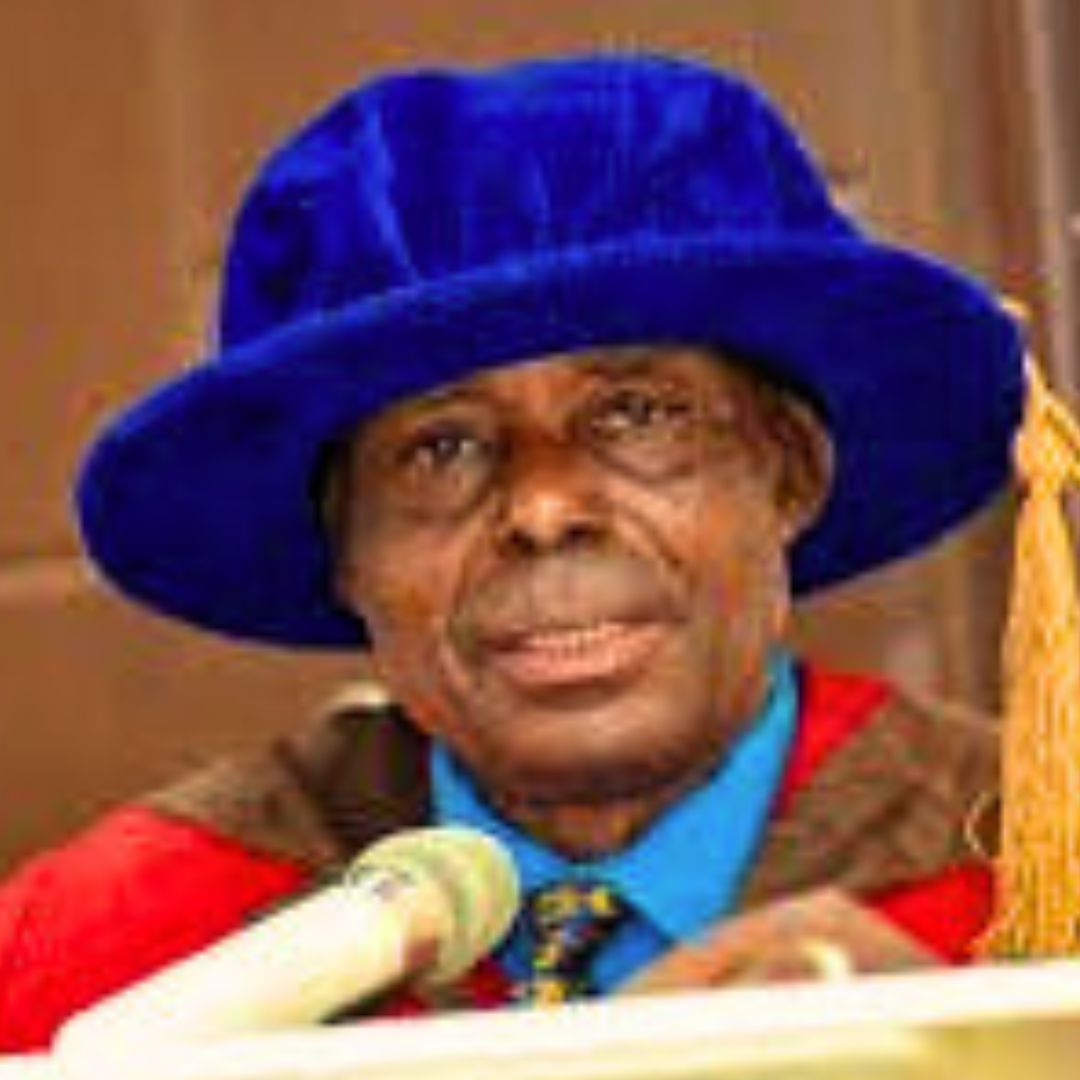
THE MARIAN FEAST DAYS OF OBLIGATION
The Devotions to our Blessed Mother Mary take a substantial part of the Catholic liturgical celebrations. Quite apart from the Holy Rosary which we pray regularly, there are several litanies of the Blessed Sacrament to choose from to enrich our prayer life.
In addition, there are Marian Feast Days of Obligation in the annual Calendar which remind us of significant events in the life of the Blessed Virgin Mary. These Holy Days include the Solemnity of Mary, Mother of God (01 January), Our Lady of Lourdes (11 February), Annunciation of the Lord (25 March), Our Lady of Fatima (13 May), Mary, Help of Christians (24 May), Mary, Mother of the Church (29 May), Visitation of the Blessed Virgin Mary (31 May), Immaculate Heart of the Blessed Virgin Mary (17 June), Assumption of the Blessed Virgin Mary (15 August), Nativity of the Blessed Virgin Mary (08 September), Feast of the Blessed Virgin Mary of the Rosary (07 October), Presentation of the Blessed Virgin Mary (21 November), Immaculate Conception of the Blessed Virgin Mary (08 December), The Nativity of the Lord (25 December), Holy Family (31 December). This list is by no means exhaustive, and different worship centres have different devotional schedules for Mary, although the major Feasts are common to all.
In addition, the months of May and October are traditionally devoted to Mary, with the praying of the Rosary featuring prominently in the devotional activities. Also, some of the Feast Days are joint Feast Days of Mary and Jesus, such as the Feast Day of Annunciation (or Incarnation), the moment Mary said ‘yes’ to the request of God.
However, according to Pope Paul VI, the four most important Marian Feasts in the Calendar are Mary’s Divine Motherhood, her Immaculate Conception, her Assumption and the Annunciation. These most important Feasts are better known as Solemnities. Mary’s Divine Motherhood bestows on her the highest rank as Mother of God. The logic runs as follows: Mary is the Mother of Jesus; Jesus is the Second Person in the Holy Trinity of Three Persons in one God; therefore, Mary is the Mother of God Incarnate. This is the greatest honour that God has conferred on any human being since the Creation of the World.
Some non-Catholics find it difficult to come to terms with the validity of the title which sounds more like an aberration. As long as the earthly motherhood of Jesus is not in controversy, then the title of Mary as Mother of God remains incontrovertible. Mary is the biological Mother of Jesus through Incarnation, although paradoxically Mary is also the product of God, the Creator, and Jesus takes precedence over Mary in the Divine Order.
So, Mary plays the role of the interventionist in our relationship with God. Mary is not the miracle worker, but the one who facilitates the miracles of Christ. At the wedding held in Cana of Galilee, all Mary had to do was draw the attention of her Son to the shortage of wine, and tell the servants, “Do whatever he tells you” (John 2:5), leaving Jesus to perform His first miracle. Thus, while Mary prays for us and intercedes on our behalf, it is Jesus that saves us or answers our prayers.
The Feast of Divine Motherhood is therefore in celebration of that vital link between us and God, since Mary is as human as the rest of us, and fully appreciates our feelings. The Feasts of the Immaculate Conception and Annunciation are the precursors to the Divine Motherhood. The Feast of the Annunciation recalls the appearance of Angel Gabriel, bearing the news that Mary has found favour with God and she would conceive and bear Jesus through the Holy Spirit. And Mary said: “Behold, I am the handmaid of the Lord. Let it be done to me according to your word” (1:26-38).
Mary was betrothed to Joseph at a time of strict premarital chastity and virginity, and without any precedence of immaculate conception, Mary’s acceptance of the Angel’s message was an act of great courage and conviction. Joseph, son of David, planned to part with her to avoid any embarrassment when an Angel of the Lord appeared to him and asked him not to part with Mary as wife, “for what has been formed in her is of the Holy Spirit” (Matthew 1:18-25). This was followed by the Immaculate Conception of Jesus by Mary, and the subsequent humble delivery in a manger. This was the First Advent, the First Coming of Christ as God-Made-Man, with the mandate to redeem mankind from sin and prepare the way for our salvation.
The Second Coming of Christ is expected to take a completely different turn. Thus, these three Feasts: the Annunciation, the Immaculate Conception, and the Divine Motherhood of Mary, are inextricably linked. But the Feast of Mary’s Assumption belongs to a different category. The Assumption of Mary implies the taking of Mary, Mother of Jesus, into Heaven, body, soul, and spirit.
On November 1, 1950, Pope Pius XII proclaimed as follows: “We pronounce, declare and define it to be a divinely revealed dogma that the Immaculate Mother of God, the ever Virgin Mary, having completed the course of her earthly life, was assumed body and soul to heavenly glory” (Internet Source). The belief has it that on the morning of Mary’s Assumption into Heaven, St. Peter and St. John, together with some of the faithful were at Mary’s tomb, watching and praying. (Internet Source). It stands to reason that the biological Mother of Jesus could not have been allowed to witness decay and corruption like an ordinary human. Thus, the Assumption of Mary enjoys the same assumed reality as the Ascension of Christ.



Leave a Comment